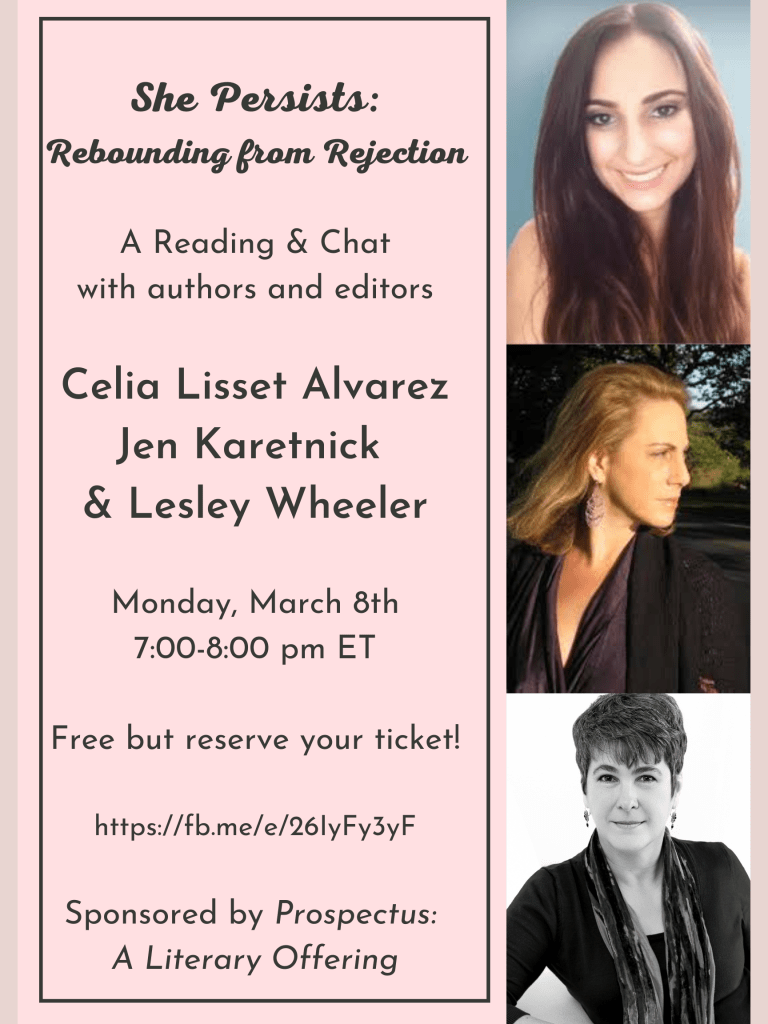Like a sad dragon, I’m currently sitting on a diminishing hoard of potential poems for future issues of Shenandoah—Fall ’21 and Spring ’22, presuming we get there–knowing I can’t keep ALL the gold. I’m already rejecting good poems, trying to get down to 20-ish from more than 700 batches. The last couple of weeks have been largely a sifting process: holding each poem against the light, seeing how pieces might fit together.
One issue I’ve been pondering, in part triggered by a tweet from Kelli Russell Agodon: how are the poems I’m reading manifesting the extraordinary pressures of a global pandemic? The answer I gave Kelli is that the poetic worlds seem a notch smaller: I’m getting more poems about the flora and fauna close to hand, fewer about conversation and art and the randomness of being a human walking around in the built world. That’s not a bad thing, but it can make the submission pile less various. I’m certainly coming across references to Covid-19, too, as well as elegies and poems about anxiety, depression, and isolation, but not as many as I expected. This may be because poetry has such a slow burn that we won’t really see the literary results of any crisis for a few years. It may also be because a lot of people just can’t write lately–their lives are busier and their brains can’t rev down enough for reflection. I’m interested to see how things shake out in the literary world and otherwise.
“Haunted and Weird Futures” was actually the title of the final session of the poetry master class I just finished teaching at Randolph College. The assignment:
To read for class: Juliana Spahr, excerpts from “Will There Be Singing”; Jeannine Hall Gailey, “The Last Love Poem,” “Calamity,” “The End of the Future,” “Introduction to Writer’s Block”; Natasha Trethewey, “Theories of Time and Space”; January Gill O’Neil, “Hoodie”
Prompt: Write a poem that looks toward the future. Some part of it should use the future tense.
It went well, although I was glad I’d lightened the reading for the last session, because the students are tired and stressed. One poem we discussed intensively was Gailey’s “Introduction to Writer’s Block”, because another group of students at Randolph, in a BFA program discussion group, asked me how I keep writing in a difficult time. I talked about switching things up–trying a different genre when one isn’t working–but also just forgiving yourself and spending time on activities that nourish what is depleted in you (whatever it is–a craft, exercise, reading, watching TV, games and puzzles, talking to friends, taking a bath). I love Jeannine’s persistence in the face of pre-pandemic calamity, her declaration that “If you wait long enough, something inside you will ignite.” She writes plenty of poems considering the possible failure of poetry, but they tend to nurture some wit and spark and hope, whatever the trampling Godzilla of the moment is. And I think she’s right: if you keep showing up to the page, cultivating whatever openness you can however you can, the words eventually come.
Because discouragement is also epidemic this year, I am joining in on an event organized by Celia Lisset Alvarez and including Jen Karetnick, both of them poets and editors extraordinaire. We’re going to talk about rejection in the context of our own recent books, and how we work to overcome it. It’s called She Persists and it’s happening at 7pm on Monday March 8th. Sign up here and I promise I’ll try to cheer you on and cheer you up!

7 responses to “The present and future of pandemic poetry”
Another generous post. Thank you. Will the zoom session be recorded?
LikeLiked by 1 person
I’ll ask Celia!
LikeLike
Yes, we’ll do that, thanks!
LikeLiked by 3 people
terrific! My brain doesn’t work well at 3 am 😉
LikeLiked by 1 person
Is the event FB-only? The link goes to FB and I had to hunt for the Eventbrite link so I wanted to make sure I could access it withouth FB before registering. Thanks in advance for letting me know!
LikeLiked by 1 person
Yes, you can! You can also try signing up through the Prospectus newsletter: https://mailchi.mp/d00f5b3d67cd/two-nights-of-poetry
LikeLiked by 1 person
Thank you!!
LikeLiked by 1 person